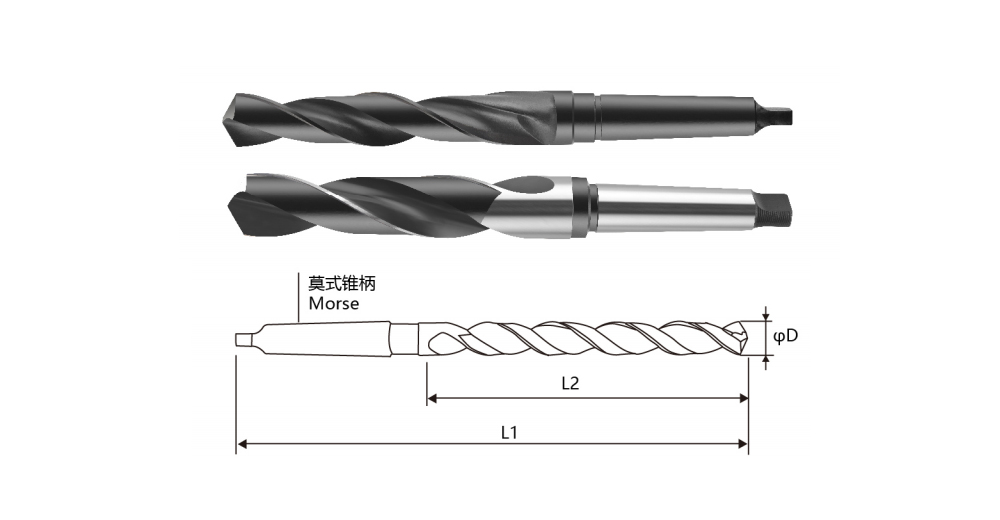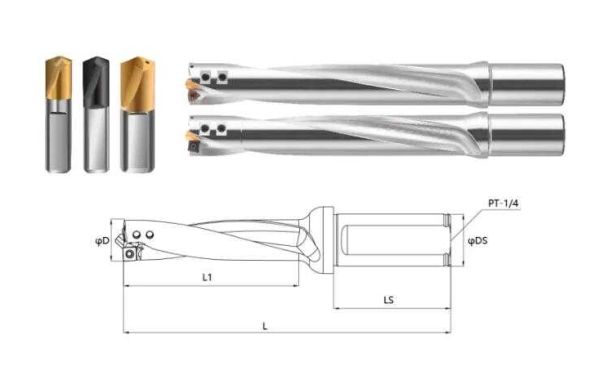Despite its advantages, the Taper Shank Twist Drill can present certain challenges during use. Understanding these issues and their solutions can help improve drilling efficiency and extend tool life.

One common issue is drill slippage due to improper shank fitting. If the drill does not seat correctly in the spindle, it may wobble during operation, leading to inaccurate holes and excessive wear. Ensuring proper taper size compatibility and keeping the spindle clean helps maintain a secure fit.
Another challenge is premature wear, especially when drilling hard materials. This can result from excessive cutting speed or improper feed rates. To prevent this, using suitable cutting speeds, applying proper lubrication, and periodically resharpening the drill can help maintain cutting efficiency.
Chip evacuation can also be problematic, particularly in deep-hole drilling. Poor chip removal can cause overheating and reduce tool life. Selecting a drill with the right flute design and using peck drilling techniques can improve chip clearance and cooling.
By addressing these challenges, operators can maximize the performance of the taper shank twist drill and achieve better results in their machining processes. Proper maintenance and correct usage techniques play a crucial role in ensuring efficient and precise drilling operations.
DIN345 4341/6542 tapered shank twist drill is a special drill for metal processing. It is usually made of high-quality 4341 or 6542 high-speed steel materials, which have good hardness and wear resistance, and are suitable for processing a variety of metal materials.







